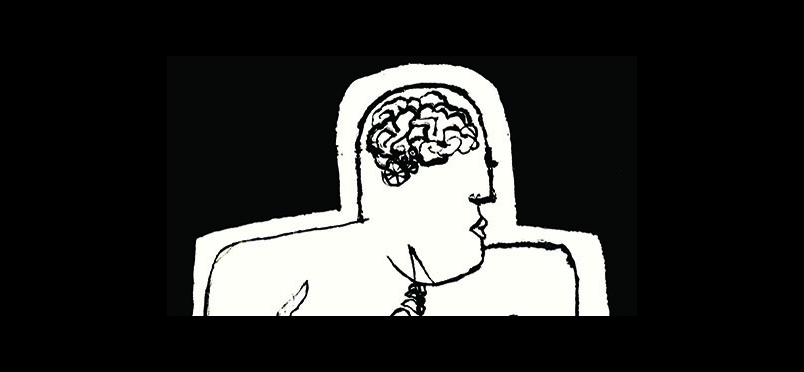| Mindfulness
A Toolbox Tool for Chronic Pain and Other Issues

Journal Examines the Evidence of the Practice of Mindfulness
Newswise — The historical practice of mindfulness is a burgeoning integrated medicine field associated with benefits for people with issues ranging from insomnia to chronic pain and fueled by more than $550 million in federal funding over the past 20 years.
Yet the evidence for impact on health from mindfulness is sometimes outpaced by popular discourse on the promise. The science, hype and potential for clinical applications are explored in a special issue of Current Opinions in Psychology dedicated to contextualizing an emerging field of empirical research supporting the practice of mindfulness.
The special issue brings together contributions and collaboration from over 100 scholars and scientists who have authored a total of 57 papers focusing on the historical and conceptual foundations; the basic science; clinical applications; and social applications. The special issue is free to the public for 30 days through Oct. 30.
The special issue is edited by David Vago, PhD, research director of the Osher Center for Integrative Medicine and director of the Contemplative Neuroscience and Integrative Medicine (CNIM) Laboratory at Vanderbilt University Medical Center; Thorsten Barnhofer, PhD, professor of Clinical Psychology at the University of Surrey; and Amit Bernstein, PhD, senior lecturer and Yigal Alon Fellow at the University of Haifa, Israel.
“This project is exciting because it takes stock and maps the state of the field. This collection of research is a global collaboration from across disciplines to cultivate a rich resource for students, scholars and practitioners. It’s a seminal time for the advancement mindfulness and we want those who will be pushing forward tomorrow’s evidence to have a clear look at what we know today,” said Vago.
VUMC is home to one of five designated Osher Centers globally. The others are at Harvard University, University of California at San Francisco, Northwestern and Karolinska Institutet (Sweden). Treatments and services offered at the VUMC Osher Center include massage therapy, acupuncture, mind/body counseling, mindfulness training, physical therapy, tai chi, health coaching and yoga.
Vago, who has a PhD in Cognitive and Neural Sciences with training from Weill Cornell and Harvard Medical School, talks about what mindfulness is, where it’s going, and why it’s important to introduce evidence to the cultural movement of mindfulness:
- What is mindfulness?
Mindfulness is commonly described as attention to and awareness of present moment experience and, as an ancient practice, is at the heart of the historical teachings of Buddha. It’s more than 25 centuries old, yet in the last two decades there’s been a surge of both popular and scientific interest in mindfulness.
The rapid advancements in technology allows us to more accurately understand how mindfulness impacts, or changes, the brain, which is contributing to what we know.
- What is overlooked in the conversation about mindfulness?
We’re at a turning point in this field. Just for example, there were 39 scientific papers published about mindfulness before the year 2000. Today that number is 6,000. It’s staggering to think about the how mindfulness practices and interventions have innervated nearly every sector of society including health care and schools to corporations, corrections, the government and military, as well as social justice and mobile technology.
There is a lot of hype around the benefits of mindfulness and it is getting oversold in popular culture relative to the scientific evidence supporting its benefits. That’s not meant to be discouraging but it is an opportunity for researchers to accurately describe and contextualize how mindfulness can be applied in everyday life.
We want people to be accurate and tempered about the language around “mindfulness” — an approach we took in curating this issue of Current Opinions in Psychology. We want to make sure the approaches that people are taking accurately reflect what the science says. One thing we are learning, for example, is how mindfulness can be learned and applied uniquely across different contexts. For example...
For more info about mindfulness, click here.
Read the full press release on Newswise.
Other Categories:
Did you enjoy this article?
Subscribe to the PAINWeek Newsletter
and get our latest articles and more direct to your inbox